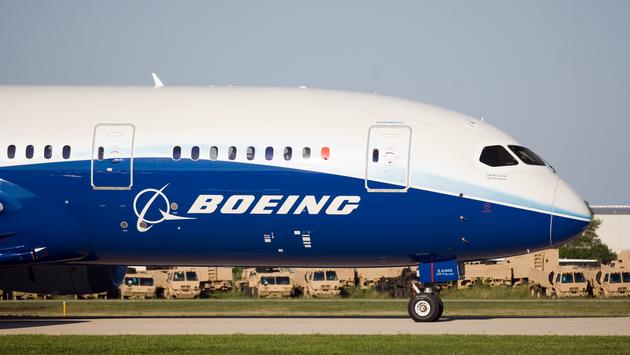Why the Boeing 787 Dreamliner Uses Four Cockpit Windows Instead of Six

Since its public debut in 2007, the Boeing 787 Dreamliner has stood out as one of the most advanced commercial aircraft ever built. Beyond its fuel efficiency and long-range capabilities, one of the most notable changes in the 787’s design is the cockpit: unlike most previous Boeing models, the Dreamliner features only four cockpit windows instead of the traditional six.
This design decision is directly linked to the aircraft’s innovative construction. The 787 was the first commercial jet to make such extensive use of carbon fiber-reinforced polymer composites, which make up roughly half of its airframe. These composite materials are stronger, lighter, and more flexible than the aluminum traditionally used in earlier aircraft. They allow the airplane to handle aerodynamic stress differently, which is why the 787’s wings bend so much more during flight compared to older airliners.
Because of the structural strength of the composite fuselage, Boeing was able to redesign the cockpit area without needing the extra support frame required for additional window panels. Reducing the window count also reduces aircraft weight—an important factor in improving fuel efficiency on long-haul flights. To maintain visibility and safety, Boeing made the remaining windows larger and equipped them with advanced multi-layer technology, including a conductive gold film that provides built-in defogging and anti-icing. This system is similar to the canopy treatments used on high-performance military aircraft.
By comparison, the Boeing 777 uses a six-window cockpit because its aluminum fuselage requires more framing support around the cockpit area. Meanwhile, the Airbus A350, which is also built mainly from composites, retains six windows but shapes them into a smooth, “visor-style” design for better airflow and reduced drag.
- 777: Six smaller windows due to aluminum structure.
- 787: Four larger windows enabled by composite materials, reducing weight and drag.
- A350: Six windows but optimized into a single aerodynamic “visor” shape.
The 787’s four-window cockpit isn’t just a styling change—it reflects the aircraft’s lightweight design philosophy and plays a role in the Dreamliner’s fuel efficiency and modern look.
The result is a cleaner, lighter, and more aerodynamically efficient cockpit design. The Dreamliner’s four-window layout is not just a visual difference—it reflects the aircraft’s mission: maximum efficiency, modern materials, and next-generation engineering.
Related News: https://airguide.info/?s=boeing+787
Sources: AirGuide Business airguide.info, bing.com, yahoo.com
